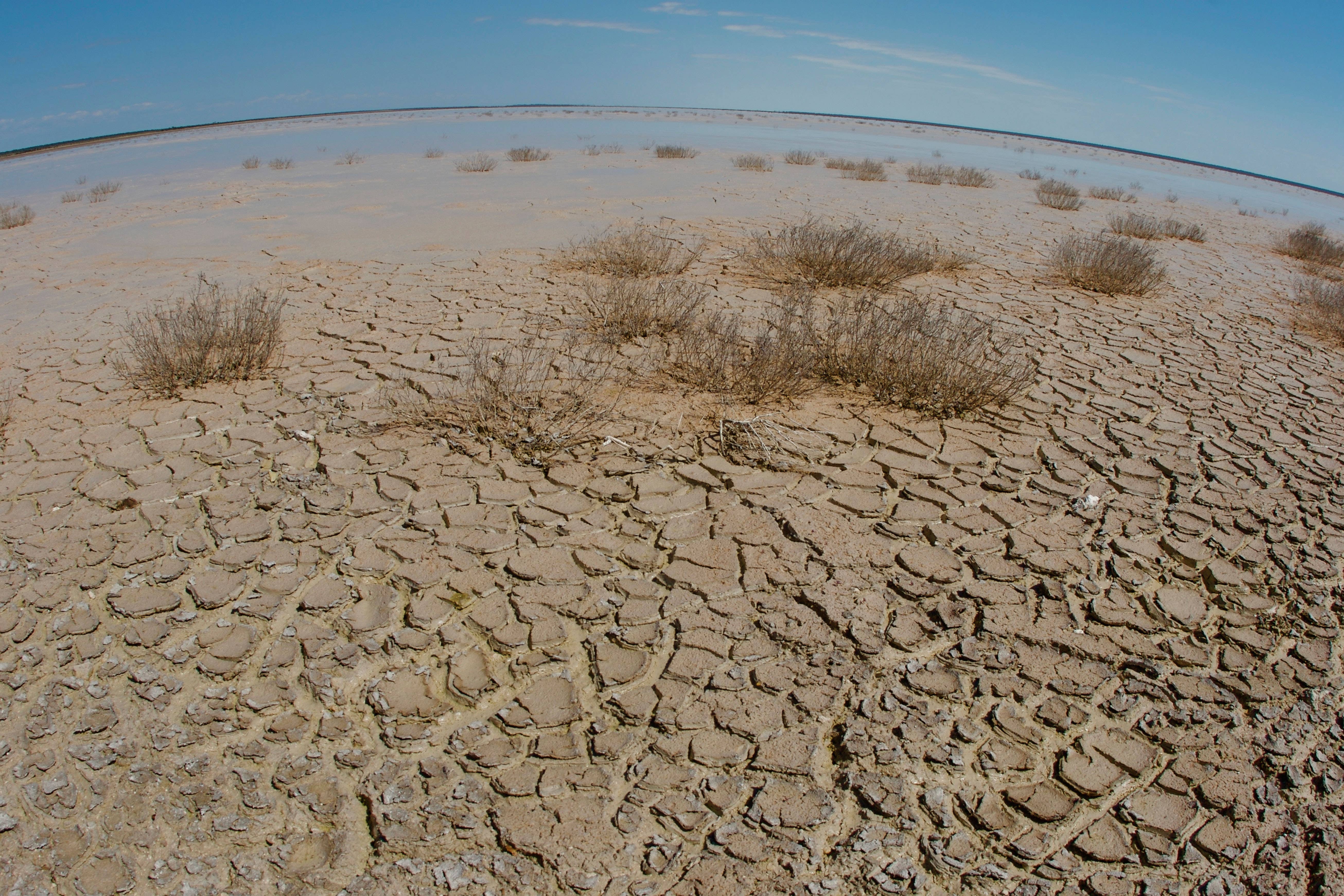Flash droughts ‘becoming new normal amid climate change’
The research published in the journal Science says that flash droughts can develop into severe droughts within a few weeks.

Your support helps us to tell the story
From reproductive rights to climate change to Big Tech, The Independent is on the ground when the story is developing. Whether it's investigating the financials of Elon Musk's pro-Trump PAC or producing our latest documentary, 'The A Word', which shines a light on the American women fighting for reproductive rights, we know how important it is to parse out the facts from the messaging.
At such a critical moment in US history, we need reporters on the ground. Your donation allows us to keep sending journalists to speak to both sides of the story.
The Independent is trusted by Americans across the entire political spectrum. And unlike many other quality news outlets, we choose not to lock Americans out of our reporting and analysis with paywalls. We believe quality journalism should be available to everyone, paid for by those who can afford it.
Your support makes all the difference.Flash droughts have become more frequent because of human-caused climate change and this trend is predicted to accelerate as temperatures continue to rise, according to research.
Scientists at the University of Southampton found that droughts which develop rapidly are becoming “the new normal”, making forecasting and preparations more difficult.
The research published in the journal Science says that flash droughts can develop into severe droughts within a few weeks and are caused by low precipitation and high evapotranspiration, which quickly depletes the soil of water.
The multinational group of scientists found that while the droughts start quickly, they can last for months, damaging vegetation and ecosystems, and triggering heat waves and wildfires.
Our models show that higher-emission scenarios would lead to a greater risk of flash droughts with quicker onset which pose a major challenge for climate adaptation
Professor Justin Sheffield, professor of hydrology and remote sensing at the University of Southampton, said: “Climate change has effectively sped up the onset of droughts.
“While it varies between different regions, there has been a global shift towards more frequent flash droughts during the past 64 years.”
The study has found that the transition to flash droughts is most notable over east and north Asia, Europe, the Sahara, and the west coast of South America, although no sign of the change was seen in the Amazon or West Africa.
Prof Sheffield added: “As we head towards a warmer future, flash droughts are becoming the new normal. Our models show that higher-emission scenarios would lead to a greater risk of flash droughts with quicker onset which pose a major challenge for climate adaptation.”
He said the transition to flash droughts might have irreversible impacts on ecosystems as they might not have enough time to adapt to a sudden lack of water and extreme heat.
The researchers say new approaches are needed to provide early warnings of flash droughts, as well as a better understanding of how natural ecosystems and humans will be impacted.